Mr. Dilip Rochwani, the owner of Azad Sweets at Revdi Bazaar,Ahmedabad, is a Sindhi Bhaiband (a powerful trading community of Sindh), born and brought up in Ahmedabad. His ancestors belonged to Mirpur Khas, 65 km east of Hyderabad, Sindh. I had an insightful talk with him about how his father, Shri Jumromal Varindmal Rochwani, brought his family and his siblings (he was the only son among ten sisters) from Mirpur Khas, Sindh to Ajmer, Rajasthan. He started his business from scratch, made it successful, only to give it up due to circumstances to settle again in a new city, Ahmedabad, Gujarat. This is the story of Shri Jumromal’s grit and determination to face the challenges life threw at him.
His charming wife, Mrs. Karishma Dilip Rochwani, supplemented his story with her memories of her father-in-law and her family in Surat. She graciously shared her recipe of Machhi Pulao which I have added at the end of this article. Before we delve into the fascinating details of the Rochwani family, here is a small introduction to Mirpur Khas.
Mirpur Khas
One of the four capital cities of the Talpur dynasty in 1806 – the other three being Hyderabad, Khairpur, and Tando Muhammad Khan, the name ‘Mirpur Khas’ literally means ‘the city of Special Mirs’. The Mirs belonged to the Talpur dynasty that ruled Sindh from 1784 AD to 1843 AD when they were defeated by the British. The city gained prominence during the British era for its cotton which was considered superior to other varieties and was exported to other countries. During the partition of 1947, the city lost most of its Hindu population to India.
The Pre-Partition Memories of the Rochwani family
“We had lands and farms given on contracts in Mirpur Khas and had labourers who did farm work. The houses in those days were made of mud and limestone.

My grandfather, Mr. Varindmal Rochwani, had a sweets shop. My father, Bhabha, along with him got revdi (sesame seed sweets using jaggery or sugar), chabu halwo (Karachi halwo made from the germ of the wheat grain), patasha (a flat disk-shaped candy made of sugar), and masoor pak ( a sweet made of ghee, gram flour, and sugar) made from the artisans for the shop.
Pic: KARACHI HALWA
People in Sindh wore simple clothes– men wore lengho-jabbo (pathani style pants and shirt) while women wore white paro (petticoat), white koti (blouse), and a white rawo (thin muslin long scarf).
Women were fond of wearing gold ornaments, like bracelets and necklaces, and as far as I know, the gold used was of 18-20 carats (24 carats is pure gold). Silver plates, jugs, katora (bowls), and thalis were bought as an investment.
Some elder women smoked hukko (hubble-bubble) and bidi (a thin cigarette-tobacco wrapped in a tendu leaf and tied at one end) and imbibed English daru (alcohol).
My family ate non- vegetarian dishes such as teevan (Sindhi mutton) and macchi (fish cooked Sindhi style) and sayal bhajiyun (vegetables cooked in Sindhi masalas) in vegetarian food. All food was made in ghee on a sighri (a mud stove using coal or cow dung cakes as fuel).
Partition Memories
The family left Mirpur Khas during the 1947 partition of India in a hurry with whatever little jewellery and cash they could gather. The trains were crowded as people escaped from the violence in Sindh.
They landed in Ajmer where Bhabha started a small shop called Azad Halwai (named after the Independence of India) and ran it successfully for 11 years. It became famous for tikki, satta (both made of maida and covered with sugar crust), masoor pak, son papdi and palang tol. Son papdi, made of gram flour, is pulled into strings and is flaky, while palang tol is crisp and full of ghee.
My father looked after his ten sisters, got them married and even gave employment to his brothers – in- law in his shop. He fufiled all his duties towards his family diligently.
Unfortunately, a local MLA picked up a fight with Bhabha and made life in Ajmer very difficult for the family. Virumal Khushaldas Punjabi, an MLA of Ahmedabad, convinced Bhabha to leave Ajmer and shift to Ahmedabad. Bhabha gave the shop to his brothers-in-law settled in Ajmer and left the city to start a new life from scratch in a yet another strange city.”
A new start in Ahmedabad
“In Ahmedabad, we settled in an area called Vadaj, which had a Sindhi population, and started a sweets shop called Azad Sweets in Revdi Bazaar.
Revdi Bazaar was then a residential area with only 15-20 shops and a large maidan (open ground). I have cycled on the maidan as a 9-10-year-old boy. Today the maidan is no more and Revdi Bazaar has become a commercial area. With the railway station close by, Revdi Bazaar gradually became the centre of the city. More shops opened and the bazaar became a hot spot for selling everything from clothes to shoes and a range of other goods that people needed. People from nearby villages visited the market and had nashta-paani (snacks) at our shop. We sold samosas, kachori and vada pau in good numbers.
My father used to bribe me, a 9-year old then, with a one-rupee coin or sweets to take me to the shop so that I could learn the ropes of the business. There was a lot of competition with other sweet shops. They offered one kachori free with one malpuro (a sweet fried bread of whole wheat flour or maida) and so on. We too had to offer the same.
We made a name in the market with our quality sweets and got orders from factories and companies for food. In those days, wedding functions were simple; there was no large-scale catering involved. People ordered food plates for guests. A wedding food plate would have a samoso, a gulab jamun or kala jamun, some wafers, and some dal moonth (a snack made of sev and fried dal), followed by Havmor icecream. We did well in this business.
Earlier we served samosas Sindhi style – a samosa is broken into pieces on a plate, different kinds of chutneys are added on top and the concoction is garnished with coriander leaves and masalas. Now, we serve the samosas with the chutneys on the side. People thronged for the piping hot samosas, majun (a Sindhi sweet made of mawa and dry fruits), rabdi, gulab jamun, kala jamun, and rasgulla. We had no proper restaurant then and sold these over the counter. Now, we have space for people to sit and have snacks and sweets.
Pic Gallery: 1. KESAR RABDI 2. SATTA 3. BHORINDA 4. SATPURA
While saffron infused rabdi ( see pic- Kesar Rabdi- thickened sweet milk with saffron, spices and nuts) is our specialty, we make seasonal Sindhi sweets as follow:
- Uttarayan : Bhorinda (see pic), tal papdi- both made of sesame seeds, murmalan ja ladoo (ladoos made of puffed rice and jaggery)
2. Holi : Sindhi ghear(a jalebi-like sweet made usually only for Holi), chandrakala ( a semicircular mawa sweet), tosha, satpura (see pic – Fried layered pakaan made of maida) and chautha (sweet maida faltbread shaped into quarters of a circle)
3. Shivratri : Farali food ( no onion and garlic dishes to be had when fasting) such as buff vada (made of potato filling) and thandai (a delicious concoction of fennel seeds, poppy seeds, almonds, sugar, rose petals, and milk)
4. Cheti Chand : A sarghus(procession)to venerate Lord Jhulelal starts from Panch Kuva, close to our shop, on towards the railway station road, to the walled city of Ahmedabad and back to Panch Kuva gate. All Sindhi shop owners, Sindhi MLAs, and ministers, and other Sindhis gather at Panch Kuva to start the Sarghus. People who put up stalls for the Cheti Chand sarghas give us the raw ingredients for the parsad and we prepare it for them in the large quantities they require. We make channa dal or rose sherbet, as the need be.
5. Saavan : Satpura, chotha, tosha (pillow-shaped sweets made of maida ecrusted with sugar) , satta, and nankhattai – the last ones are given to married daughters.
6. Ddiyaari(Diwali) :We make all kinds of sweets- halwo made of chikku (sapota), dudhi (bottle gourd), and dry fruits. Sweets made of mawa and milk are very popular.
Pic Gallery: 1. BENGALI SWEETS 2. MALAI GHEWAR 3. ALOO PURI 4. PUNJABI PLATTER
Over and above these, we make Bengali , Rajasthani and Gujarati sweets too.
Nowadays, the younger generation is more aware of the harmful effects of maida (refined flour). So, sweets such as masoor pak, tikki, etc. are less popular.”
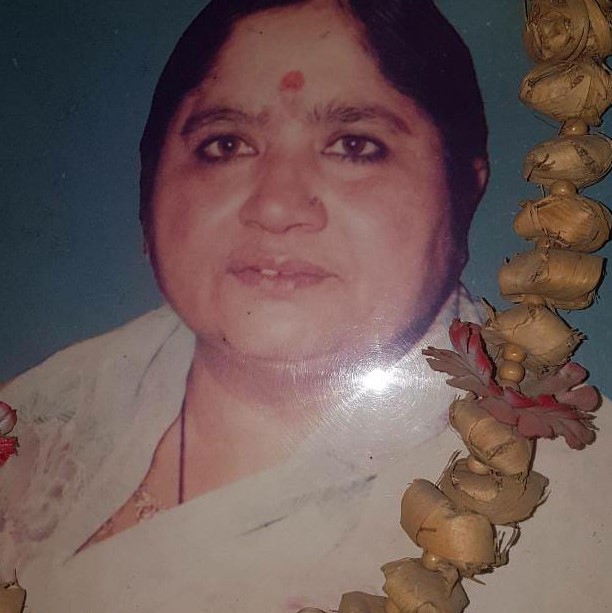
My Mother
My mother, Shrimati Rukmani Jumromal Rochwani , was a wonderful woman. She was an excellent cook and looked after her ten sisters-in-law and their families whenever they came visiting. She worked tirelessly without complaining.
Pic: SHRIMATI RUKMANI JUMROMAL ROCHWANI
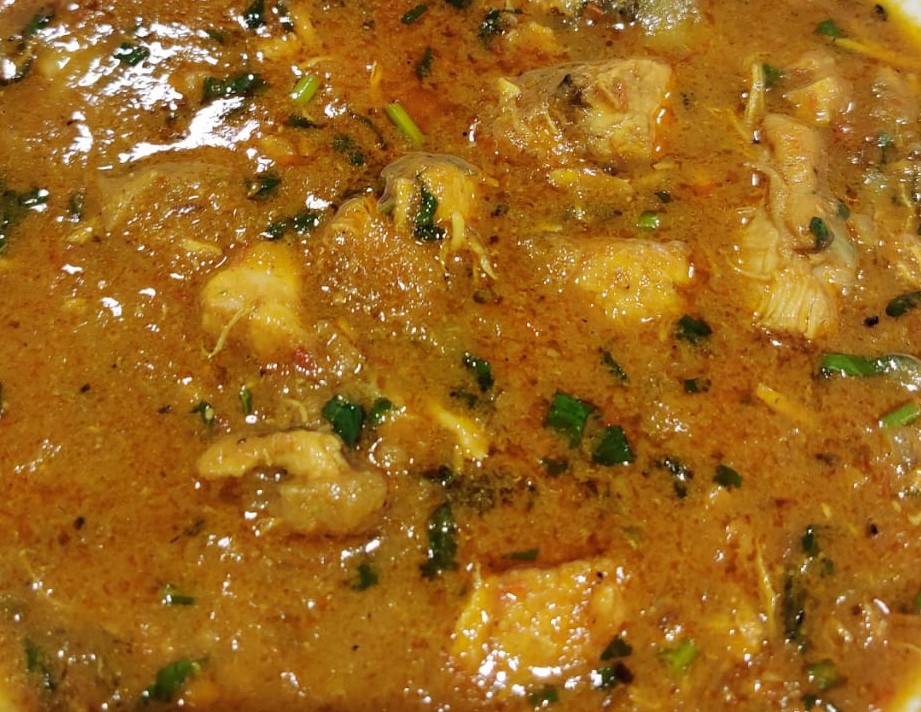
Food at home
“We like to have teevan (mutton) or chicken in daag (a spicy caramelised onion gravy). We also love machhi (fish) either fried, cooked in gravy, or in machhi pulao (recipe at the end). My wife makes excellent Sindhi food.”
Pic: HOMEMADE DESI CHICKEN
A talk with Mrs. Karishma Dilip Rochwani
“It is important that Sindhis have our traditional food at home. It helps to retain the Sindhi identity of the family. We have the Sindhi curry chawar, pulao-sai bhaji ( a healthy spinach dish with methi, khatti bhaji, dal, bottle gourd, and tomatoes – the recipe varies from family to family), thum wari mani ( a jowar flour flatbread with crushed garlic, chillies, and coriander leaves), and seyal bhaji regularly.”
Her family in Surat
“I am a Sindhi Bhaiband from Surat. My father and his three brothers are builders. The four brothers and their families live in a four-storey building together. The Sindhi culture of the family is retained as everyone celebrates and follows all customs and rituals together.
They celebrate Teejdi (a festival of Sindhis when women fast for the longevity of their husbands) and make Satte ja lola( lolas are sweet whole wheat flatbreads made for the seventh and twenty-first day of the lunar month of Shrawan). They also play a friendly game of cards on Satte.
For Holi, a thread is tied on unsweetened lolas (called rota) and the lolas are roasted on a wood fire. The thread does not burn, signifying the triumph of good over evil. Later, the rota is broken into pieces to make a coarse kutti with sugar and ghee. The entire family enjoys the festival together.
My family at Surat had great fun during the lockdown due to the pandemic of the coronavirus. They locked up the main door and spend the time entertaining each other.”
Festivals at home
“In Diwali, we bring hataladiyun ( a clay model of a shop)for the Laxmi puja. The number of hataladiyun is always equal to the number of male members in the household. They absorb the ill- effects of the house and are immersed in the nearest water body after Diwali. We tie a red cloth on sugarcane and keep it near the puja.
For Satte, we make missi mani (a gram and wheat flour flatbread kneaded with curd, finely chopped onions, dry kasuri methi , turmeric powder, chilli powder salt and oil), and khatto bhat ( Sour rice- soonth (dried ginger powder), mustard seeds and curds are added to cooked rice. The concoction is fermented overnight and eaten the next day).”
Her father-in-law
“My father-in-law had a very sweet tongue. He could charm anyone with his talks. He had the Sindhi nature of adapting to the ways of the locals. Sindhis do not dominate the other person with their personalities; they adapt and adjust to the other person’s personality. He had that trait in him.
He regaled me with his memories of the sweet shop in Sindh, and anecdotes about his father. His father had three wives- each replacing the one who died before her- and had 8 -9 children from each wife. It was difficult for me to keep a track of these children and their families. Marriages in those days were not a big deal. No fuss was made over a wedding. Hardly any expenses were incurred.”
Note: Mr. Santosh Jagwani had his family firms, Jagwani Prints, S Ghanomal Textiles and R Santosh Textiles, in Revdi Bazaar above Azad Sweets and knew Shri Jumromal well. He read this article and said, “Azad Sweets is a very well-known name in the Sindhi community. Seth Jumromal was a humble man with an entrepreneurial nature.”
Five Facts about Mirpur Khas
- Excavations of Buddhist stupas in the region show that Mirpur Khas has been inhabited for millennia.
- Mirpur Khas has an estimated 33% Hindu population.
- The city has a Shiva temple and a disused Gurudwara built on the site where Guru Nanak has believed to have placed his feet.
- Elaborate graves for the Talpur rulers were built in an architectural style that combines elements of Islamic and Rajasthani architecture.
- Mir Sher Muhammad Talpur of Mirpur Khas fought bravely against the British, but was defeated and Sindh was annexed to British rule under the East India Company in 1843.
Here is the Rochwani family recipe of Machhi Pulao, as shared by Mrs. Karishma Dilip Rochwani. She insists that while cooking the fish, ensure that it burns a little (taro lagan khape). This increases the flavour of the fish and the pulao. Add no water to the kadai for cooking the fish; water is poured on the lid which covers the fish while cooking.
Macchi Jo Pulao
Ingredients:
500gm boneless fish cleaned and washed
300 gm Basmati rice
4 medium-sized onions sliced
4 medium-sized tomatoes pureed
3 tsp ginger garlic paste
2 bay leaves
1 cinnamon stick
2 tsp garam masala
4 tsp turmeric powder
2 tsp coriander powder
2 tsp chilli powder
½ tsp jeera (cumin seeds)
3 tsp oil
Salt to taste
Coriander leaves for garnishing
Procedure:
- Take some oil in a kadai. Saute onion slices on high flame in it.
- Add jeera, bay leaf, and cinnamon stick. Add ginger-garlic paste and saute.
- When the colour of the onions turns brown, add the dry masalas- coriander powder, chilli powder, turmeric powder and garam masala (retain some chilli powder and garam masala for later), and salt to taste.
- Cook for 3 minutes. Add the tomato puree and fish.
- Cover the kadai with the lid and cook on a slow flame. Add water on the top of the lid and not in the kadai. Stir occasionally.
- Make sure the mixture gets slightly burnt as it gives a smoky flavour to the dish and a beautiful brown colour to the pulao.
- Once the fish is cooked, remove the fish and 60% of the gravy in a separate container.
- Add 2 glasses of water to the remaining 40% of the gravy and stir well so that the burnt portion gets mixed with the water.
- Add salt and ½ tsp garam masala, ½ tsp chilli powder, and rice to the water.
- Once the rice is done, remove it in a casserole, top it with the cooked fish and garnish with coriander leaves.
Personal Account of Mrs. and Mr. Dilip Rachwani
Recipe: Mrs. Karishma Dilipbhai Rochwani
Information on Mirpur Khas : Google Search
Pics: Azad Sweets
Jyoti Muchandani
Ahmedabad

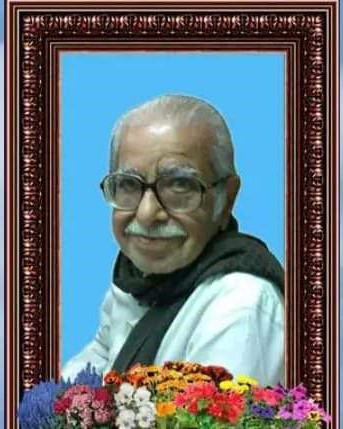
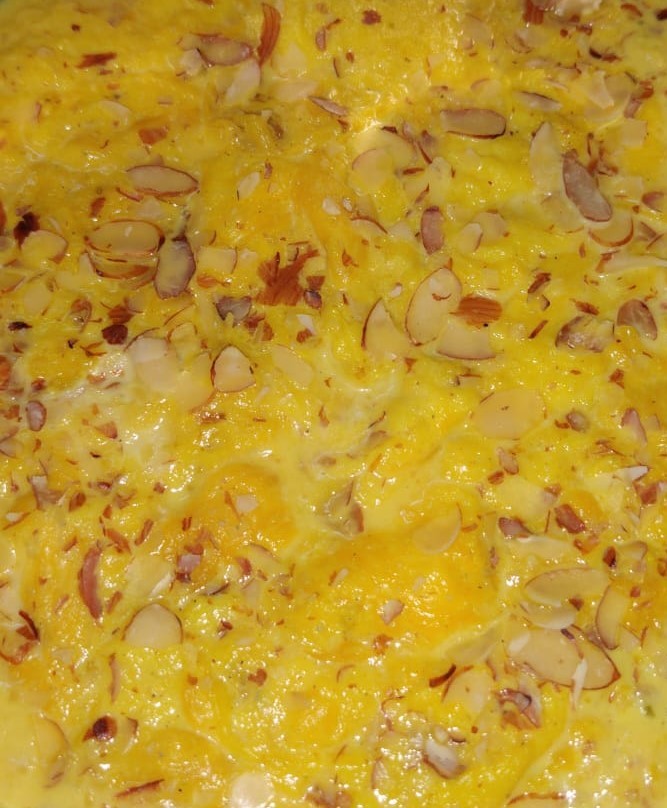
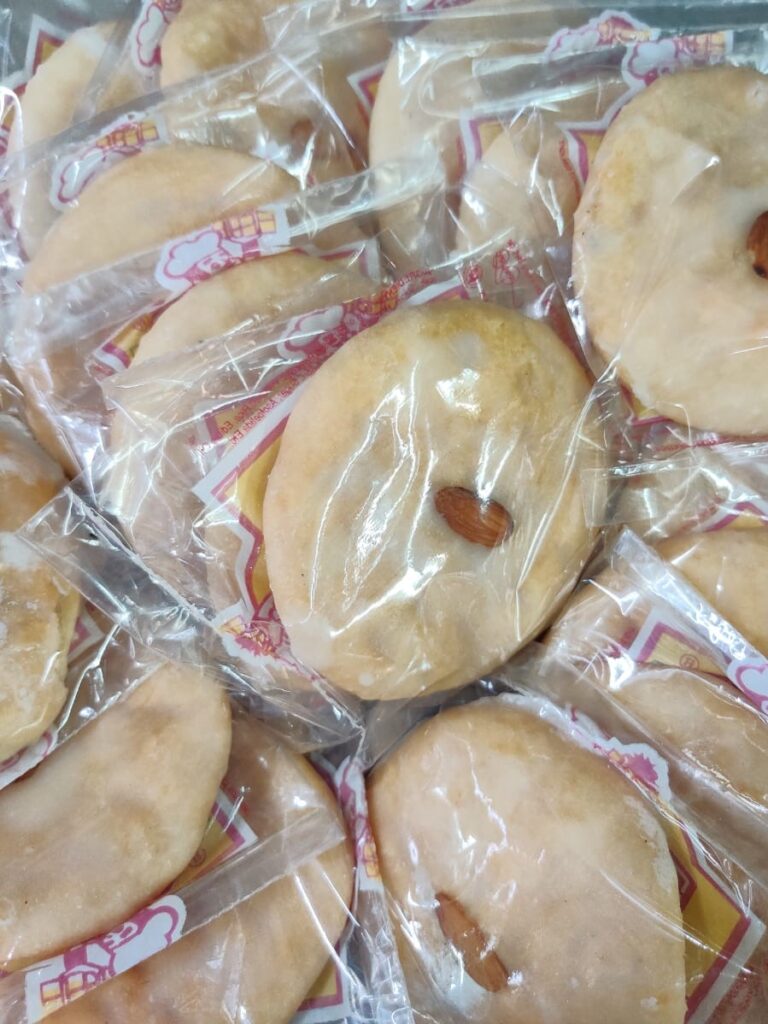
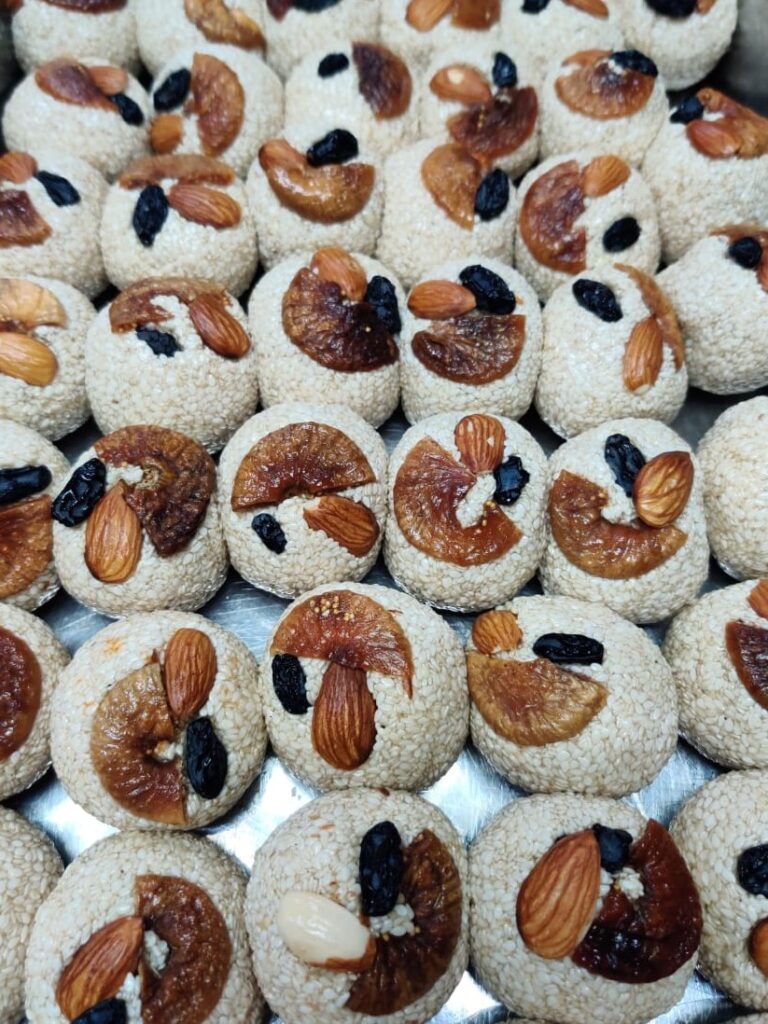
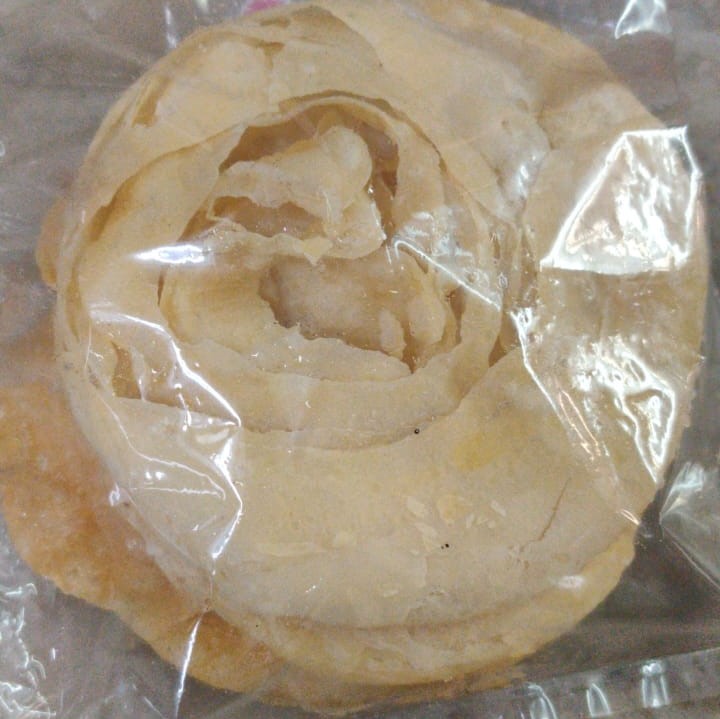
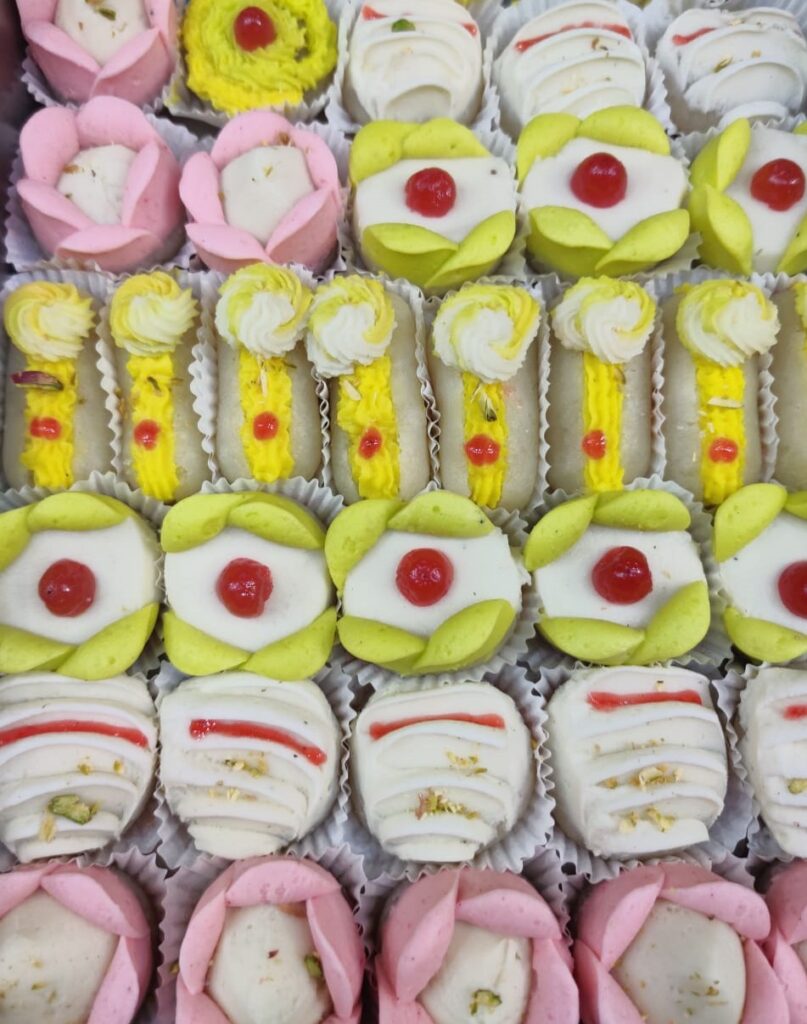
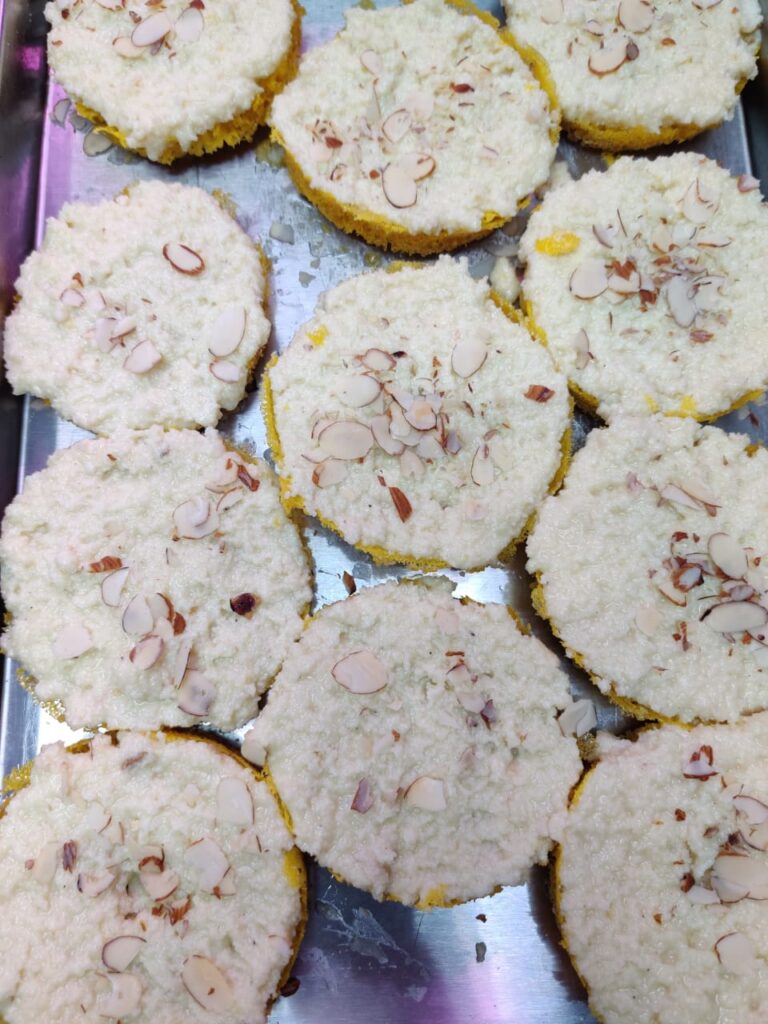
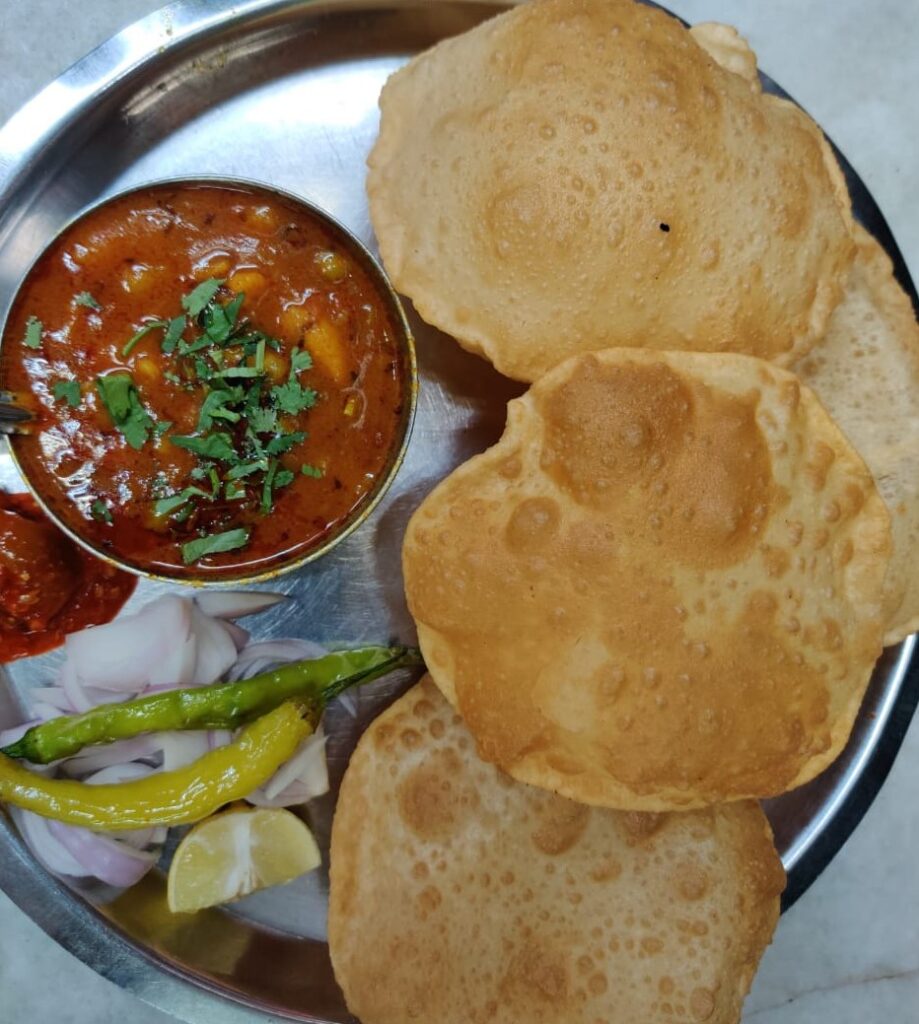
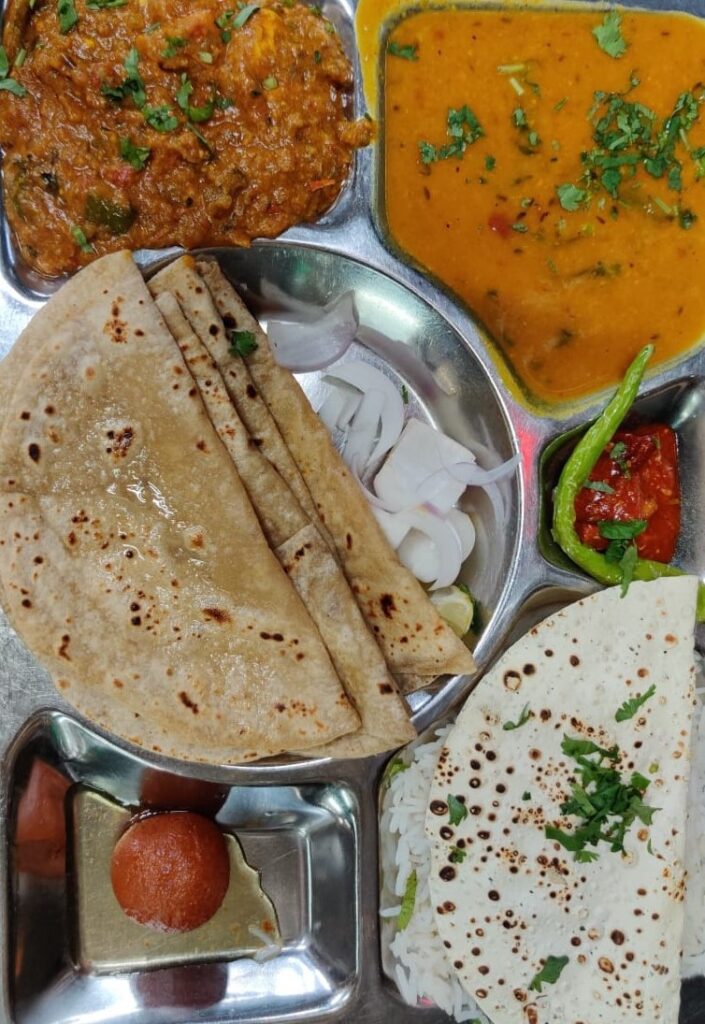
Give a Reply